| Content | With hair mesotherapy, vitamines and minerals which immediately affect hair growth, are directly applied to the hair root. Hair mesotherapy is used for all kinds of
hair loss(man-type hair loss, hormonal hair loss, anemia etc.). Asthe therapy is made with very thin needles, it doesn’t hurt very much. Results start to be visible after the 3rd session. After a total of 8-10 sessions, a recall session should be applied after 3-4 months. |
Vaginoplasty
Vaginoplasty is a procedure to repair the vagina. It treats a variety of medical issues, including vaginal enlargements from childbirth and complications of pelvic floor disease.
What is done during vaginoplasty?
The details of the procedure vary depending on your goals and medical needs. The vagina is reconstructed using various surgical techniques.
Who needs vaginoplasty?
- - Those seeking removal of postpartum enlargement or trauma damage to improve sexual function.
- - Women who need vaginal reconstruction after vaginal exposure to radiation or excision to treat cancer or other conditions.
- - Women who have congenital abnormalities (problems from birth) that affect the development of the vagina.
What is the difference between vaginoplasty and other vaginal operations?
- Vaginoplasty is a surgical procedure to improve the appearance or function of the vagina.Other vaginal procedures:
- - Labiaplasty operation that equalizes or shrinks the labia.
- - A vulvoplasty operation that reshapes the outer part of the vagina.
What is done before vaginoplasty?
- Before the surgery decision, your doctor will perform your physical examination to evaluate your suitability for the operation. During this physical examination, you are expected to provide information about your medical history and general health status.Your doctor will inform you about the risks, benefits and post-operative care requirements of the operation. Listening to your doctor's suggestions and recommendations will reduce the risk of complications.
What is the content of the procedure in women with postpartum deformation?
- In operations performed to correct deformations occurring during childbirth
- - Excess skin is removed,
- - Distorted anatomical lines are repaired,
- - It is ensured that the vaginal opening is reduced.
What is the content of vaginoplasty to repair congenital (birth) defects?
-
- - A functional vagina can be created.
- - Excess tissue or abnormal structures are removed.
- - The structures that cause blood to accumulate in the vagina during menstruation are repaired.
Risks / Benefits
-
- Possible risks of vaginoplasty surgery:
- - Dyspareunia (painful intercourse).
- - It can be summarized as numbness or loss of sensation (usually temporary).
In contrast, the benefits after surgery are:
- - There will be increased sexual satisfaction and self-confidence.
What is the recovery process like after vaginoplasty?
-
- Recovery can take from a few weeks to several months, depending on the extent of the surgery. Your doctor and team will provide you with all the necessary information about post-operative care after vaginoplasty.
How are the controls planned after vaginoplasty?
-
- Keeping in touch with your doctor after the surgery and not interrupting your controls will speed up your recovery process and minimize the risk of complications.
|
Labiaplasty Package
Labiaplasty is a surgical procedure to reduce or enlarge the skin folds that usually surround your labia and vagina. Excess skin can be bent and pinched, causing discomfort during exercise, physical activities, and sexual intercourse.
Depending on why the procedure is performed during labiaplasty, your doctor may:
It removes some tissue from the labia to reduce its size.
Injects filler or oil to enlarge the labia.
It forms a labia from other tissues.
What are the reasons for requesting labiaplasty?
Reducing labia minora size
Excess lip tissue can be bent, twisted, compressed. This, can cause physical discomfort and irritation during exercise, physical activities (such as cycling or jogging), and sexual intercourse.
Reducing the size of the labia minora may be desirable to improve hygiene and health, as excess tissue can make cleaning difficult and may harbor bacteria that can lead to the development of urinary tract infections.
Cosmetic and emotional reasons
To have a younger appearance after birth or aging,
Reducing asymmetry of the labia minora or labia majora when one side is longer or has a different shape than the other,
To increase self-confidence and to eliminate visual lines and protrusions when wearing body-fitting trousers or tights,
During close contact, labiaplasty can be performed to improve comfort, confidence and sexual health regarding the appearance of your genitals.
What causes an overgrowth of a labia?
Age, menopause, or other hormonal changes can thin the labia majora tissue, causing the labia minora to protrude from the labia majora.
Pregnancy and childbirth.
Changes in your weight.
Genetic.
What are the pre-operative procedures?
First, you and your doctor will discuss why you want to have labiaplasty and make sure that the surgery will meet your expectations. During the physical examination, your doctor will explain where the incisions will be made and what to expect regarding changes in the size and shape of your labia.
After the surgery decision, your doctor will inform you in detail about the preparation processes for the surgery. In this process, your doctor will inform you about how to resize or reshape your labia (labia majora and/or labia minora) and will enlighten you about the surgical procedure to be applied.
What is the procedure after labiaplasty surgery?
After the surgery, your doctor will give you the necessary information on how to care. Carefully applying the information conveyed to you about what you should and shouldn’t do during the recovery process will speed up your recovery process. We also recommend that you make your control appointments before leaving the hospital.
What are the risks and complications of labiaplasty surgery?
- - Complications of laboplasty surgery are rare. Even a little;
- - Bleeding,
- - Bruising, swelling (hematoma),
- - Infection,
- - Scar,
- - Ongoing pain, pain with sexual intercourse, or loss of sensitivity may occur.
- - In these cases, you can consult your doctor.
Is the recovery process painful after labiaplasty?
- It is normal to feel some swelling, discomfort and pain after surgery. Most people report only mild pain or tenderness for a few days. In return, your doctor will advise you on medication for your pain.Wearing loose trousers and underwear during the recovery period will accelerate your healing process.
Will it bleed a lot?
You may have a small amount of bleeding for a week. This is normal, you can use pads to absorb the blood.
When will the satisfactory results of labiaplasty be obtained?
Initial swelling, pain, and temporary discoloration subside within a few weeks after surgery. However, you may have to wait up to four to six months to see the final results of your labiaplasty. Post-operative scarring is usually negligible.
How do I wash my labia area?
Use only warm water to wash your wound (do not use soap) and wipe gently, do not rub the surgical site.
It is important to follow your doctor’s instructions to keep the surgical site clean and free of bacteria and to speed the healing of the surgical site.
When can I return to work, physical activity and sex life?
You should be able to return to work and other light activities after a few days. If your job involves intense physical activity or lifting weights, you can get more detailed information by informing your doctor about this. until your doctor approves. |
| Varicosities of the legs are medical problems that are widespread and important at every age. From the cosmetic view, varicosities can also cause pain, cramps at night, oedema, colour changes and ulcer production. Except of varicose veins operations, there are also two outpatient treatments available, namely spider vein treatment (sclerotherapy) and laser treatment. | Today, we cannot talk about that only women prefer face lift operations, which are commonly performed for aesthetic concerns. Face lift procedures, which are also very popular among men of our age, are mostly preferred to recover skin loosening and sagging on the face after a certain age. It is not quite right to talk about an age restriction for facelift procedures, because it is sufficient for the person to feel his own face aged and to detect that the face has lost its dynamics as a result of the examination. |


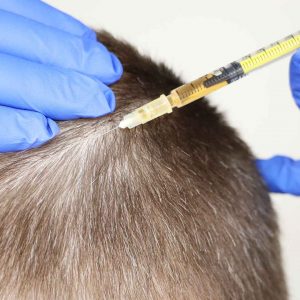


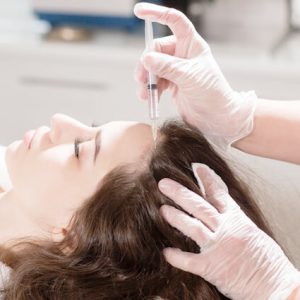


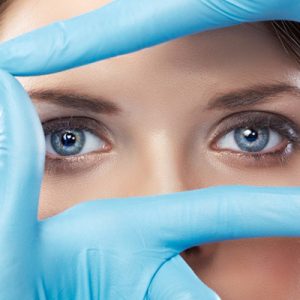

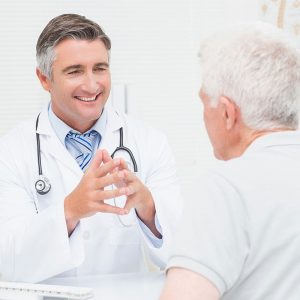


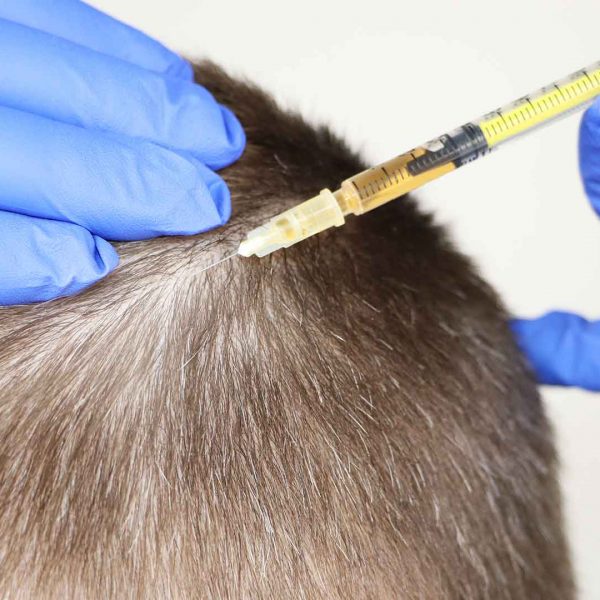





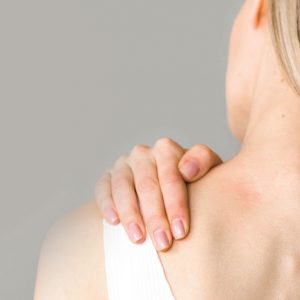


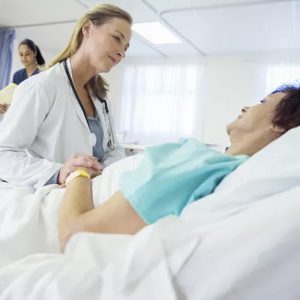
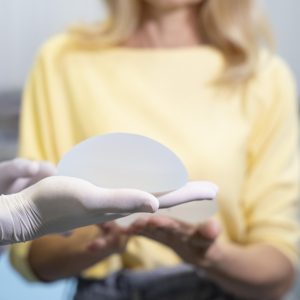

Reviews
There are no reviews yet.